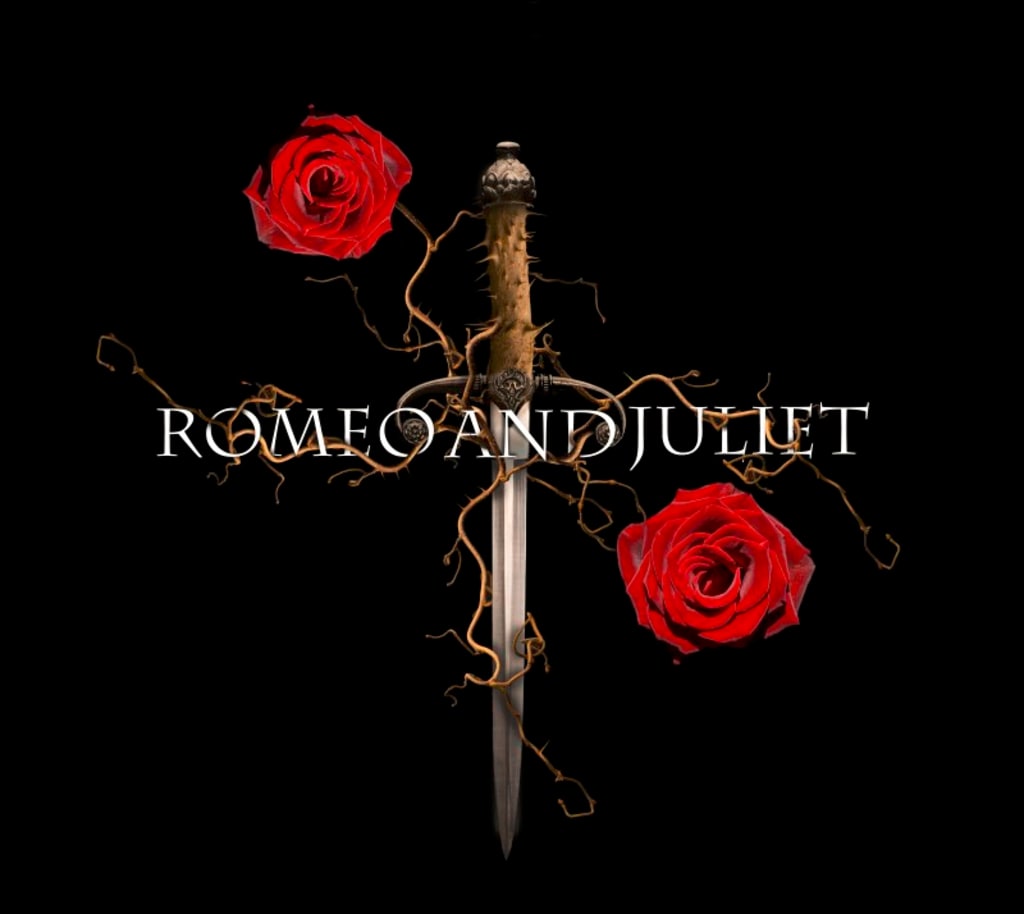'Romeo & Juliet & Vampires' by William Shakespeare and Claudia Gabel (Book Review)
'Romeo & Juliet' with a bit of a bite...

For fans of the vampire genre, there is one lesser-known novel that should be on your list. Claudia Gabel's Romeo & Juliet & Vampires is just one in a long list of reimagined classics being invaded by the supernatural. From Little Vampire Women to Emma and the Vampires, the supernatural has been becoming more popular as well as bringing back some of the older classics in newer forms for young adults to enjoy.
First released in 2010 by Harper Collins publishing, Romeo & Juliet & Vampires by Claudia Gabel and William Shakespeare makes, "This riotous twist on the ultimate tale of forbidden romance is simply to die for." (Amazon) According to the School Library Journal, "For what it is, Gabel has done a credible job of adapting the original story to accommodate the rudiments of vampire lore, using both humor and passion to reel in her readers. The familiar characters are all here, if, generally, in two-dimensional form, and the clear plot moves quickly, but with the tragic ending replaced by a 'happy' one." (School Library Journal review)
Romeo & Juliet & Vampires is based on the original play by Shakespeare. The joy in reading this novel was that it brings a different twist to an old classic play. Supposedly, Juliet and the Capulets are a race of vampires in Transylvania and Romeo and the Montague are now vampire hunters. From there, the novel pretty closely parallels the original play itself. The two main characters fall in love at a Capulet ball and secretly get married because they know their families would never approve. Juliet drinks her paralyzing poison, Romeo doesn't get the message about Juliet's plan, and thus kills himself to be with his one true love. The difference in the novel is that when Juliet wakes up, instead of killing herself, she turns Romeo into a vampire too. Then the two run off together and live happily ever after as vampires away from their feuding families. Thus the new "happy" ending.
Throughout her story, Gabel goes back and forth between old Shakespearean English and a more current version of English. Many of the people's dialogue is taken straight from Shakespeare's original play, so the language is a bit different than when Gabel is adding newer details. These changes in language do not, however, seem to take away from the story itself. Readers can still easily understand what is happening, especially if they have read the original play before.
The change in the setting of the novel affects the play very little because Shakespeare never really used the setting to convey his plot in the original play. He describes a little before starting the story, but after that everything happens at the Capulet Castle or in the Monastery. Gabel moves the plot to Transylvania after the overthrow of Vlad the Impaler (the man mythology portrays as the first vampire). The Capulets were important advisers to Vlad, so he gives them a castle and many riches. Thus, the Capulet Castle and their high society lifestyle are explained in the story. The monastery is a religious place and can therefore easily be placed into any story including this newer one.
Romeo & Juliet & Vampires warps your view of the original play. It also gives a happier ending. Sure, they are living as vampires in seclusion now, but at least they are alive and living together happily. They even have a son named Laurence, after the Friar who married them and then helps them escape together. So, if sad endings where everyone dies are not your thing, then you should be reading Romeo & Juliet & Vampires instead of the original play.
About the Creator
Kristen Barenthaler
Curious adventurer. Crazed reader. Archery fanatic. Amateur author. Librarian.
Instagram: @kristenbarenthaler
Facebook: @kbarenthaler
GoodReads: https://www.goodreads.com/author/show/15101108.Kristen_Barenthaler






Comments
There are no comments for this story
Be the first to respond and start the conversation.